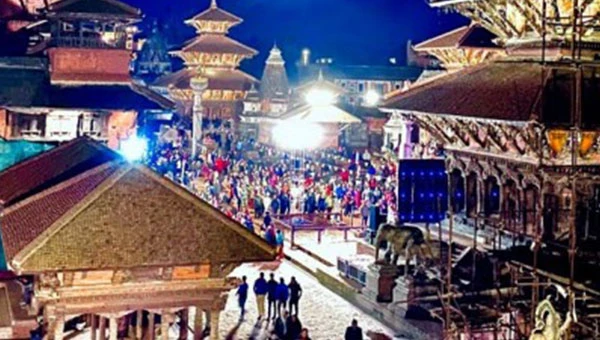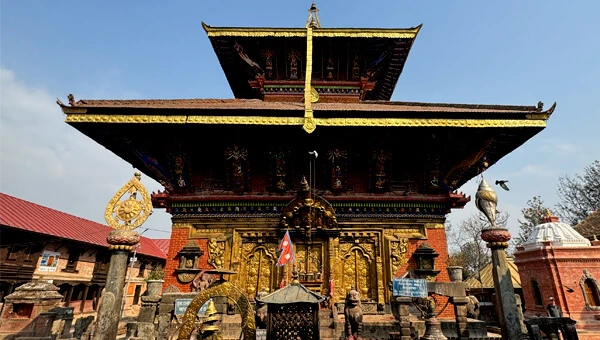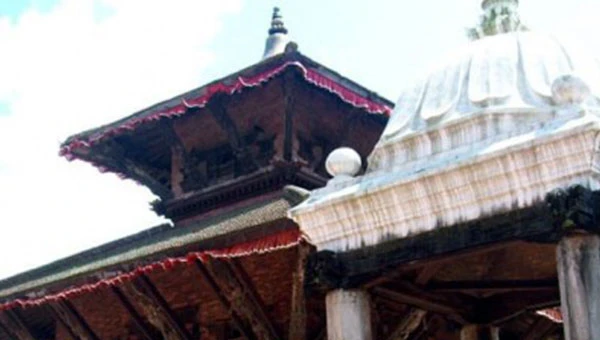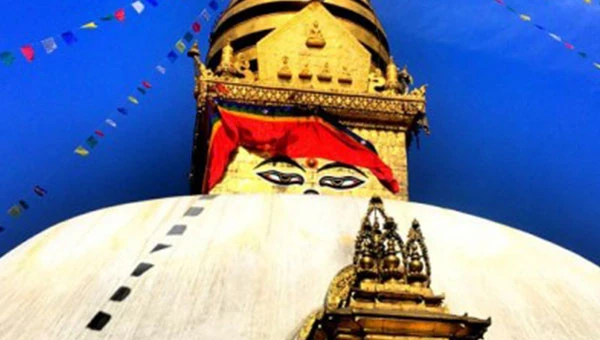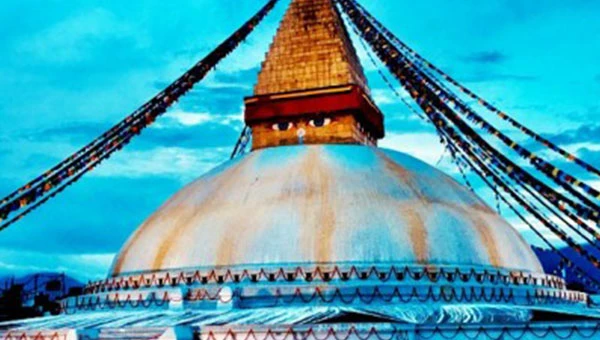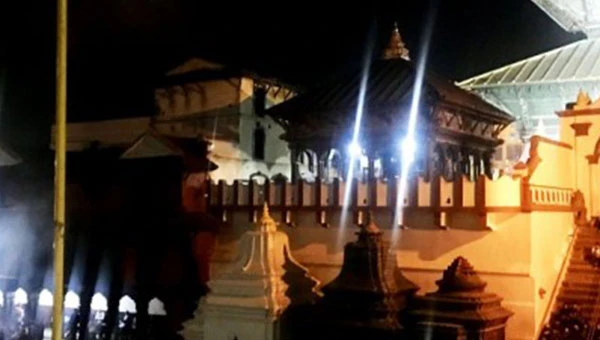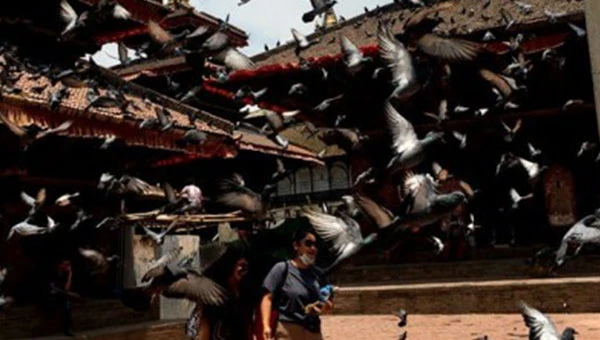Sep 09, 2020
World Heritage Sites in Nepal
Latest Travel Blogs
Sep 09, 2020
Changu Narayan Temple
Sep 09, 2020
Bhaktapur Durbar Square
Sep 09, 2020
Swayambhunath Temple
Sep 09, 2020
Boudhanath Stupa
Sep 07, 2020
Pashupatinath Temple
Sep 06, 2020
Kathmandu Durbar Square
Need Help? Call Us+977 9841486322
